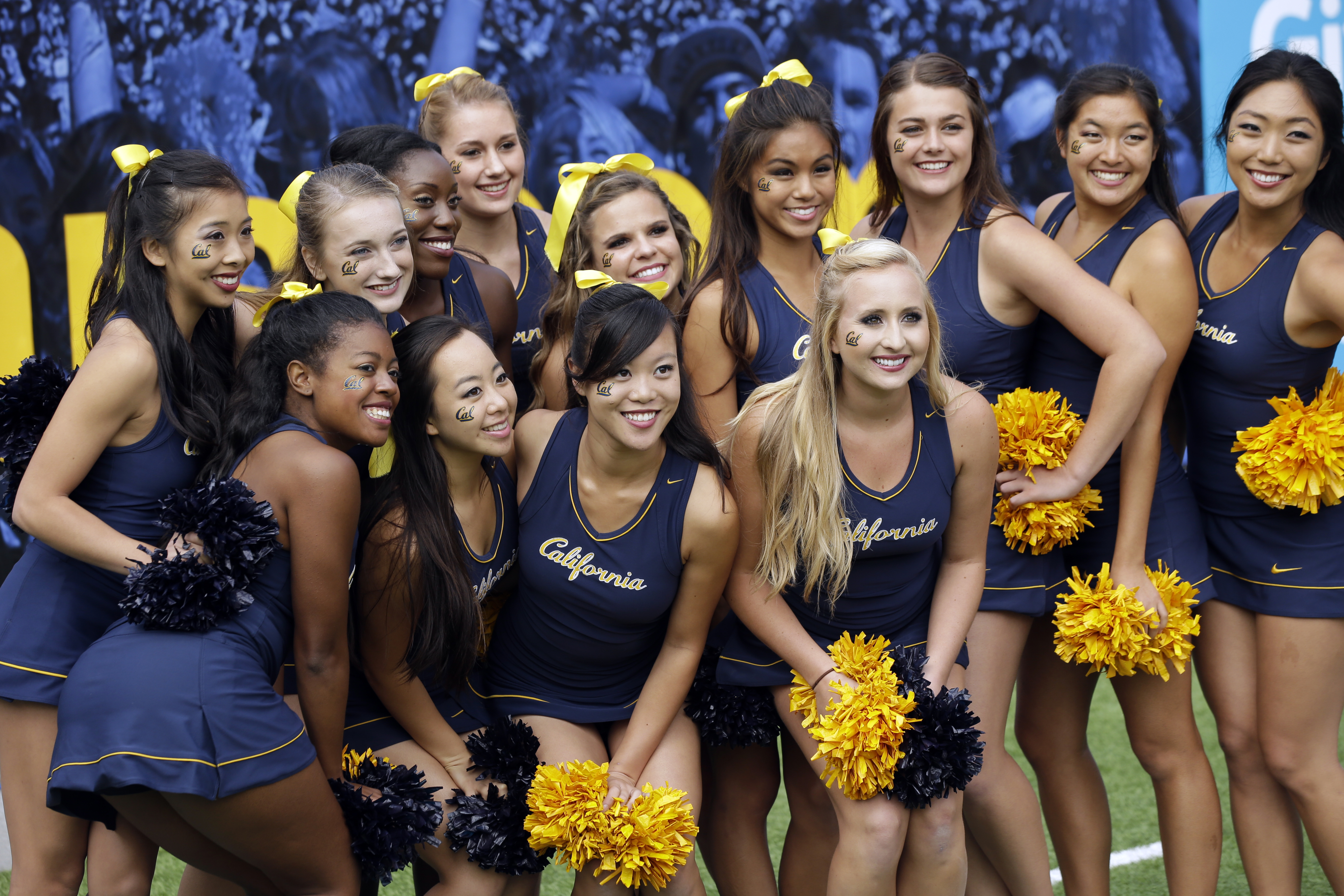Cheerleading has evolved over the years from a relatively simple and safe activity to a far more complex one that increasingly is fraught with danger. Once a sideline activity designed to encourage spectator participation at football games, cheerleading now often employs stunts, acrobatics and tumbling that can be a wonder for viewers to behold but that can be extremely dangerous for participants.
One recent study indicates that cheerleading now ranks second in catastrophic sports injuries in the United States. Only football ranks higher. The National Center for Catastrophic Sports Injury Research at the University of North Carolina reported that about 65 percent of all catastrophic injuries in youth sports occur in cheerleading. Broken arm and leg bones, severe sprains, strained backs, neck injuries and concussion are the most common injuries. Paralysis and death resulting from those injuries, thankfully, are far less common, but nevertheless an ever-present danger.
The peril is great. In 2011, there were about 37,000 U.S. emergency room visits for cheerleading injuries among girls and women aged 6-22, according to the Consumer Product Safety Commission. Not all were related to school-sponsored activities. The activity is so popular that a growing number of private clubs and teams compete in organized events that attract thousands of entrants. Chattanooga, in fact, has been host to several such events.
The dangers inherent in cheerleading -- whether in a school or a competitive setting -- have become so pronounced that the American Academy of Pediatrics now says that it should be recognized as a competitive sport. That's a sound idea. It would make cheerleading subject to the same requirements associated with other sanctioned sports. That alone won't stop the rash of injuries -- particularly in non-school settings -- but it certainly could provide a foundation for sensible oversight that could help reduce them.
Official recognition of cheerleading as a sport would establish uniform standards, practice schedules and rules of competition. It would also require that participants undergo physicals, that salaried coaches be employed and that athletic trainers or similar personnel be present at practices. The academy also suggests ending dangerous stunts like tossing and throwing individuals and building human pyramids 15 feet tall. That, suggestion that should be adopted, too.
Official recognition as a sport would almost certainly bring higher standards of safety and better supervision to cheerleaders. Hamilton County Schools officials understand that. The schools here already list cheerleading as an official sport with the same requirements as other sanctioned teams. The Tennessee Secondary School Athletic Association, however, does not.
School cheerleaders here arguably are safer as a result of the school system's wise decision. The TSSAA should follow suit and extend those protections to more of the students it purports to serve.
